Business Intelligence and dashboards using Microsoft Power BI
Training Outline
-
• Power BI’s strength and weakness compared to the other popular BI tools
• Important concepts of Power BI
• Power BI Architecture
• Power BI Service
• Power BI Desktop
• Power BI Mobile
• Power BI Data Gateway
-
• Data Sources in Power BI Desktop
• Connect to web data and web apps
• Import Excel Workbooks
• Connect to enterprise Databases
• Connect to enterprise applications
• The rule of no intermediary for best benefits
-
• Get Data – Knowing whether to Load or Edit
• Model section of the report builder (Power BI Desktop)
o Creating Relationships
o Cardinality
o Direction
• Data section of the report builder (Power BI Desktop)
o Data Type
o Data Format
o DAX
New Column
New Measure
New Table
Must know DAX formulas
DAX formula reference guide
o Row level Security
• Report section of the report builder (Power BI Desktop)
o Report creation
o Native Visuals
o Custom Visuals
o Menu Tools for professional looking reports
o Edit Interactions
o Report creation from scratch
• Power Query
o Transforming and Combining Data pre-loading to Model
o Common Power Query tasks
Unpivot
Split Column
Append Tables
Merge Tables
Remove rows
Use first row as header
Parameters
Add Columns
Group By
Extract
Fill
Transpose
Advanced Query for M code editing
Blank Query (M code writing)
• Understanding when to use Power Query or M code and when to use DAX
• Sample Projects
Report Publishing, Dashboards and Power BI Service
• Understanding the concept of Workspaces
• Publishing report (from Power BI desktop to Power BI service for consumption)
• Controlling access to aspects of the report by role (region, department or level)
• Published Report options
o Exporting to PowerPoint or PDF
o Embedding in SharePoint
o Embedding in a website
o Making it available via a web link
o Sharing with specific users
o Editing the report – adding new visuals, changing visuals used and creating new report pages
o Adding comments and tagging users
o Scheduling the report to send our daily or weekly to specific people
• Creating a Dashboard
o Can be created from one or more reports to show management useful analysis
o Can incorporate data and visuals from other people’s dashboards or reports shared with you
o Add Tile or Streaming data (APIs)
o Set Alerts to be instantly notified when a KPI is reached or an SLA is breached
o Add actionable comments
o Schedule the dashboard to be sent out daily or weekly to specific people
o Share the dashboard with final users
• Best practices
• Setting automatic/scheduled refresh so new data is ingested automatically
• Data Gateway configuration
o The type of data sources that require data gateway
-
• Q&A for autogenerating charts and tables in answer to questions
• Quick Insights for autogenerating reports from datasets
• Creating Apps
• Installing Apps to hasten report creation and prototypes or connect to non-native data source
• Integrating with Python and R
-
Lots of hands-on practice/projects from day 1 to day 2 and after training weekly/monthly tasks/projects to help internalize skills acquired.

